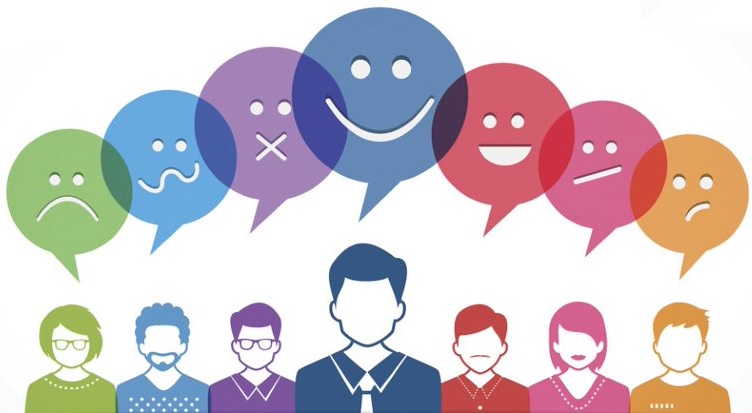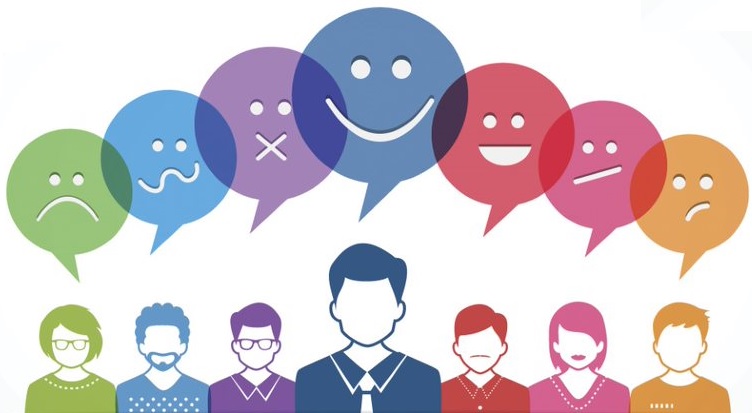
What is Sentiment Analysis?
Well, sentiment analysis is sometimes called Opinion Mining, and it is the part of Natural Language Processing that is focused on building programs to extract the intents and opinions within a given piece of content.
Sentiment Analysis is the procedure of identifying whether a piece of writing declares, adverse or neutral. A sentiment analysis system for message analysis combines natural language handling (NLP) as well as device knowing methods to assign heavy belief ratings to the entities, topics, styles and also categories within a sentence or expression.
Sentiment analysis aids information analysts within big ventures determine popular opinion, conduct nuanced marketing research, screen brand name and item reputation, and also comprehend consumer experiences. On top of that, data analytics business often incorporate third-party sentiment analysis APIs right into their very own customer experience management, social media sites monitoring, or labor force analytics platform, in order to supply useful understandings to their very own customers..
We understand that humans write based on two main things –facts and opinions –and most of the posts on the internet are opinionated because everybody is trying to express their opinion about one thing or the other, especially about a brand, product, service or a person.
Sentiment Analysis attempts to review the opinion of every post seen by identifying and analyzing three attributes of the post. These attributes are:
Opinion Holder (the person expressing the opinion)
The Polarity of the opinion (if it is negative, positive or neutral)
The subject of opinion (the brand, product, service or person being talked about)
Identifying these attributes makes it possible for the system to collect similar data and analyze the opinion of the general public concerning a particular subject. For instance, if a product let’s say Coca-Cola is trending on social media because they openly planned on introducing a new product, Clear Coke. Sentiment Analysis programs will collect the opinion of different users on various social media platforms about the subjects, Clear Coke and Coca-Cola; then analyze the opinion of all the opinion holders (users).
Order Meta Leadership for more insights into “Next Practices” like Sentiment Analysis.
Visit Michael Stattelman for even more….
Importance of Sentiment Analysis
Life would have been a lot easier for businesses if humans could communicate in a structured format. If humans could only say words like “NO_COKE” when they don’t like Coke or say “NO_COKE_PRICE” when they don’t like the price of Coke, it would have been a lot easier for brands to sort the massive stack of information in front of them talking about their products. Instead, humans pass their opinion about a product sometimes without even mentioning the quality of the brand that they like or dislike, and this will require the people to read each opinion –something humanly impossible.
Sentiment Analysis programs made it easy to get unstructured information given by humans about an entity into structured data which makes it easy for analysis and onward understanding of the effect that your brand has on your customers. So, sentiment analysis helps brands in so many ways including:
Data Scalability: As I have mentioned earlier, it is humanly impossible to run through every post, tweet, review, and complaint about your brand. The amount of human capital needed would easily turn into a labor cost black hole and be cost prohibitive from the start. Sentiment analysis programshave made it possible at scale to analyze all these opinions in a faster, efficient and cost-effective manner.
Real-time Analysis: It takes years to build a brand reputation and just a few tweets and retweets on social media to bore a hole on that reputation. There may be an unsatisfied customer on the web saying something about your brand which may take a long time before the information gets to you due to the vast population and network disparity of social media users. Before this unpleasant “opinion” registers with your “Brand Managers”, you cannot know the number of eyes that have seen it and formed an opinion already. Sentiment analysis makes it easier to spot these unsatisfied customers quickly and address the issues they have with your brand before the information circulates and turns out to be true.
Brand and Product Development: When customers start giving negative feedback about your products or services, it is your responsibility to find those posts, review them, and make necessary adjustment to improve customer satisfaction and grow your brand. One negative comment about a brand goes a long way, so you can now attempt to tame the spread of these comments with opinion mining.
Although sentiment analysis can be complicated because of humans unstructured communication which may include posts containing sarcasm, ironies, multiple languages, images, and videos; it is a highly recommended weapon for those who’s job it is to ensure that the brand remains intact.
#metaleadership














